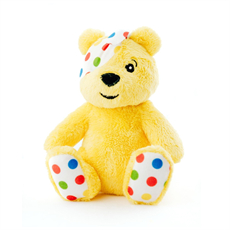1. Eyes: including plastic material, crystal eyes, cartoon eyes and cloth eyes, etc.; 2. Nose: divided into plastic nose, wrapped nose, flocked nose and matte nose. 3. Cotton: 7D, 6D, 15D, and A, B, C grades, we usually use 7D/A grades, and 6D is less used. Low-grade products or products with very full and hard fortresses should be 15D/B or C grades. 7D is very smooth and elastic, 15D is rough and hard. According to the fiber length, it is divided into 64MM and 32MM cotton. The former is used for manual punching and the latter is used for machine punching. The general practice is to loosen the cotton by entering the raw cotton. It is necessary to ensure that the cotton loosening worker operates correctly and has enough times of loosening the cotton so that the cotton can be completely loosened to achieve good elasticity. If the loose cotton effect is not good, it will cause a great waste of cotton consumption. 4. Rubber particles: This is a popular filler now. First of all, the diameter should be greater than or equal to 3MM, and the particles should be smooth and uniform. Among them, toys in our country usually use PE, which is more environmentally friendly. 5. Plastic accessories: Customize plastic accessories according to different toy models, such as eyes, nose, clothes buttons and other parts. Most of them are environmentally friendly and safe plastics, which are not chemically harmful to children, but be careful not to fall off easily during the sewing process.








